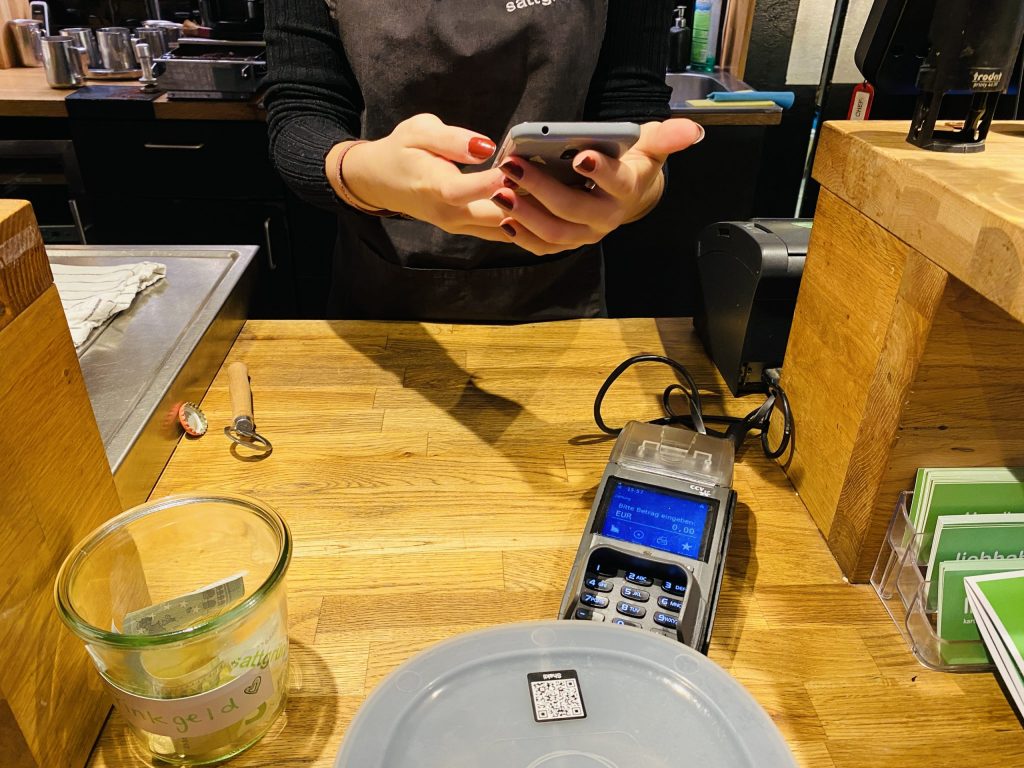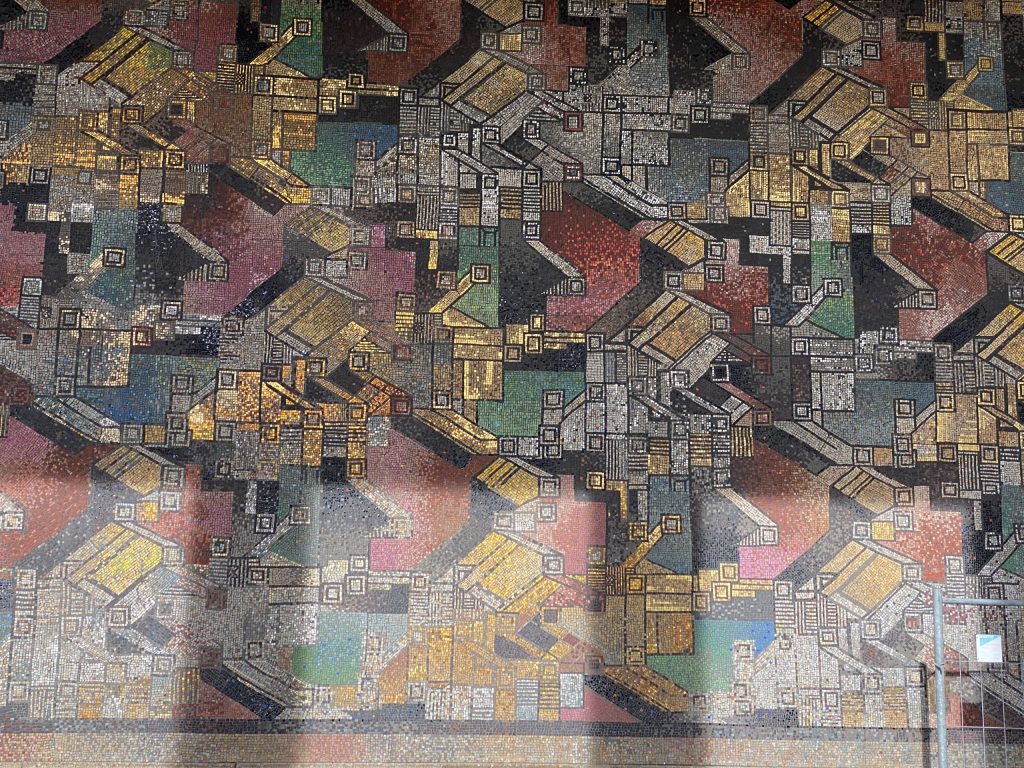Never would I have thought that I was ever going to write a positive text about the subject of QR codes, those weird squares that keep looking as if some pixels exploded. People hailing from the creative field just love making fun of QR codes. That even culminated in a blog that come to great international acclaim, titled “pictures-of-people-scanning-QR-codes”. The page was entirely empty. That was always a good way of convincing colleagues to not use the Quick Response codes at all.
The QR codes certainly aren’t alone where the lack of coolness is concerned. They are a proud member of the list also comprising Microsoft Windows, DVDs, or German Schlager music. Everything has its heyday at some point and in some place. Actually, it’s starting to feel like the time of the QR code may be right now. Are you still not convinced? Let me explain.
Coronavirus
This article, too, cannot escape the ever-present subject of the last two years: the coronavirus pandemic. The code has turned out to be quite useful there. How are we getting into restaurants right now? How are we getting into swimming baths or onto a Christmas market? That’s it, the coronavirus app and its QR code. And who would prefer lugging around their yellow vaccination certificate “rag” at all times?
AR Biennale
Anyone who visited the Düsseldorfer Ehrenhof these days will have noticed the big red box. It is the starting point of the AR Biennale, also using plenty of QR codes to display its works of art.
E-Scooters
Think about E-Scooters what you will. I don’t quite like them since I often find them lying around on the pavement. I am hardly the target group either, though. Those among us who are young and feeling young know that the E-Scooters are, of course, unlocked with a QR. This (small) part of urban new mobility is to make us use up less CO2 to stop climate change.
Receipts and deposit systems
Let’s stay with the climate crisis. Sustainable life is a top subject (along with the coronavirus) not only around many private dinner tables, but also at global events. I have been able to make some positive experiences with the QR code there, too.
What makes our city life so very attractive? For me, it is, first and foremost, the opportunity of eating in many great restaurants or getting take-out meals. Laotian today, Mexican tomorrow… and once again, I encounter the underestimated QR code. One thing that’s really annoying is that anywhere you buy things, no matter if it’s in the supermarket, at the bakery, or in the restaurant – they all want to give you a receipt you never want to have. Recently, I’ve been seeing more and more restaurants that offer guests a QR code on a display that they can scan for a receipt. That hopefully will avoid endless printing of receipts no one cares about in future.
Vytal is also trying to reduce plastic waste from take-away food with its many partner restaurants. It offers many containers that, as you can probably guess, are distinguished and booked into the system by QR codes. App users also identify via a code stored in the app.

Conclusion
The time of the QR code has come to make city life much more digital, sustainable, and thereby easier. Looking around, we can see more and more ideas where QR codes can help us identify ourselves or work to counter climate change. At least the latter is something that I do find quite cool after all.










